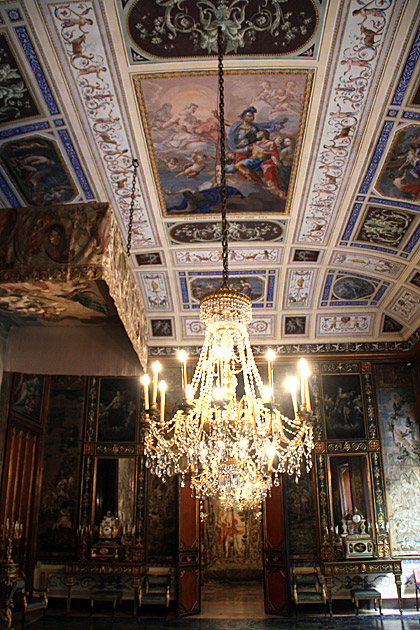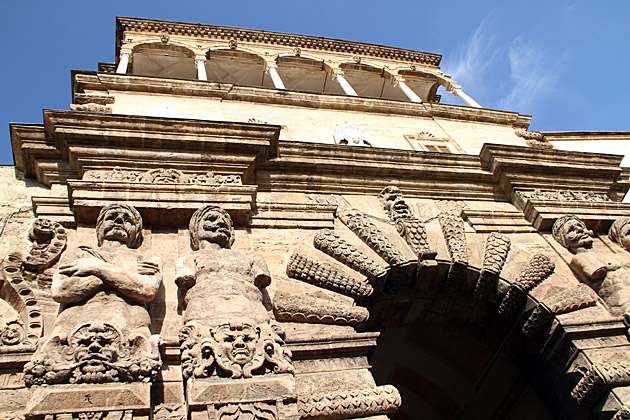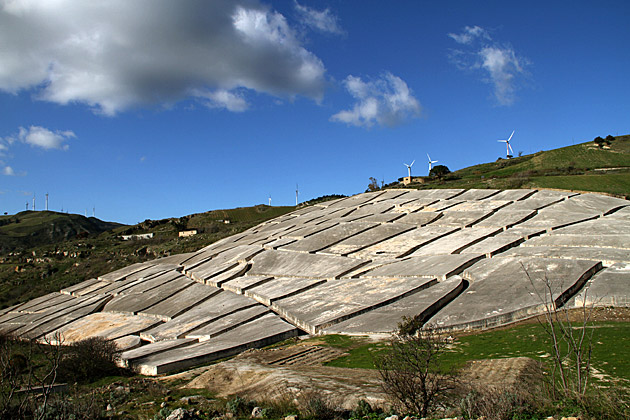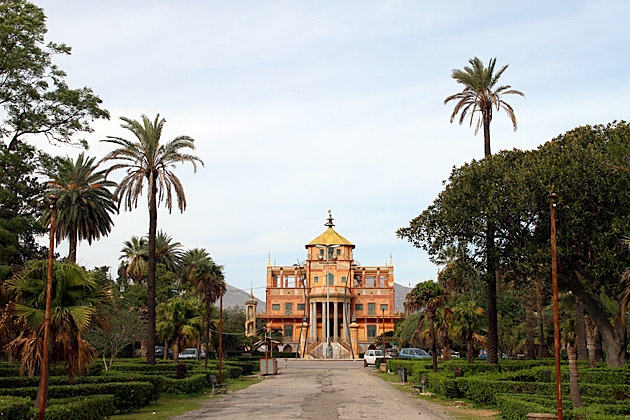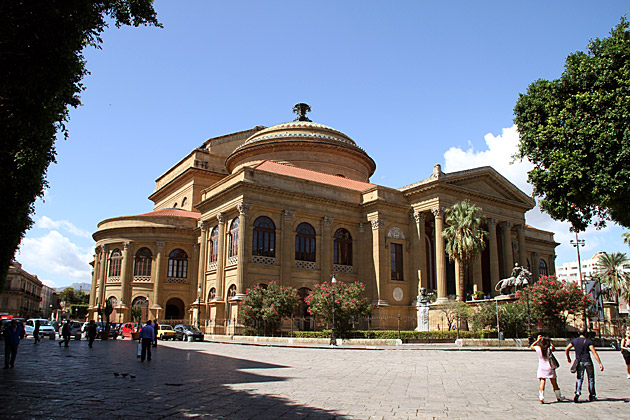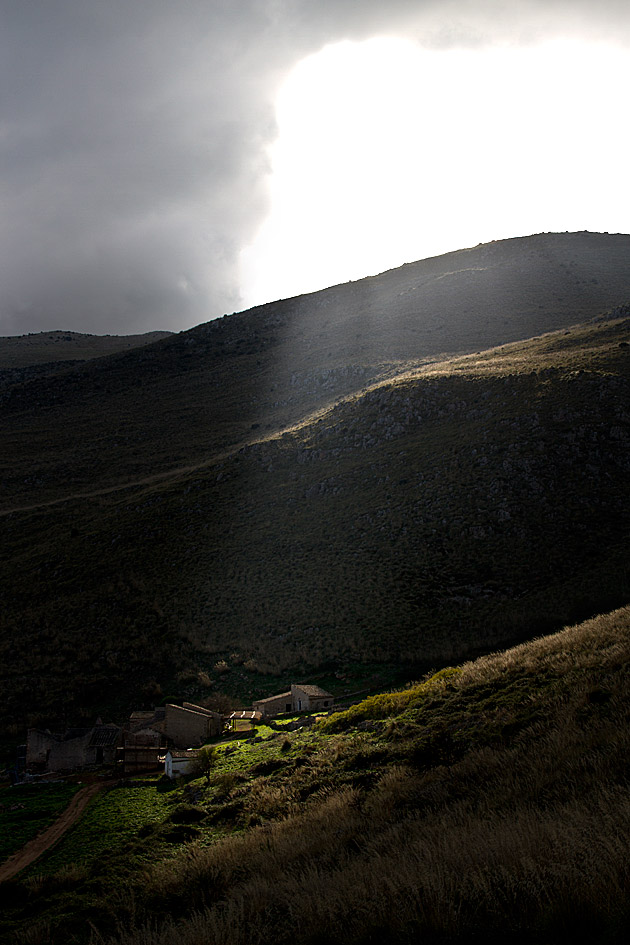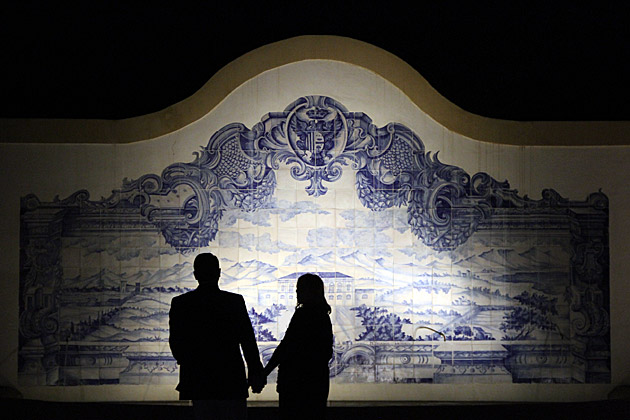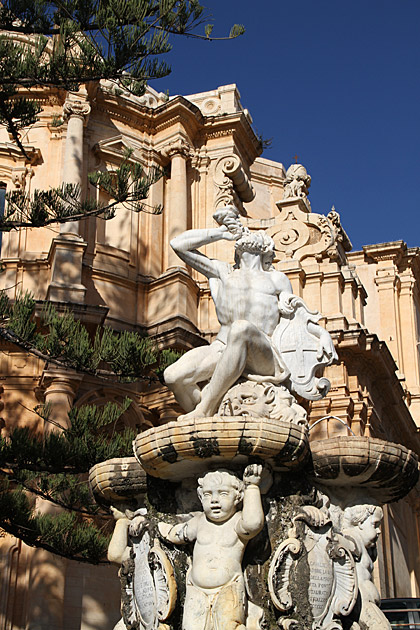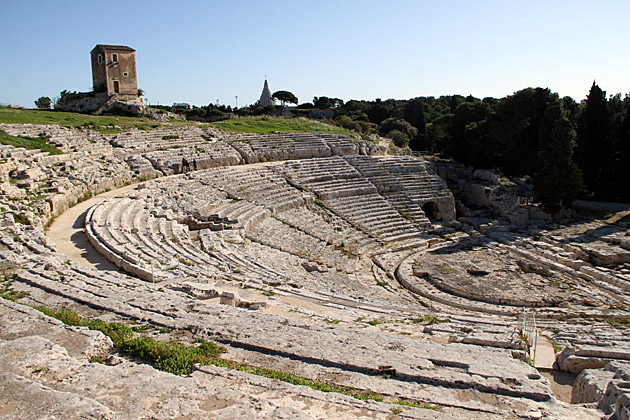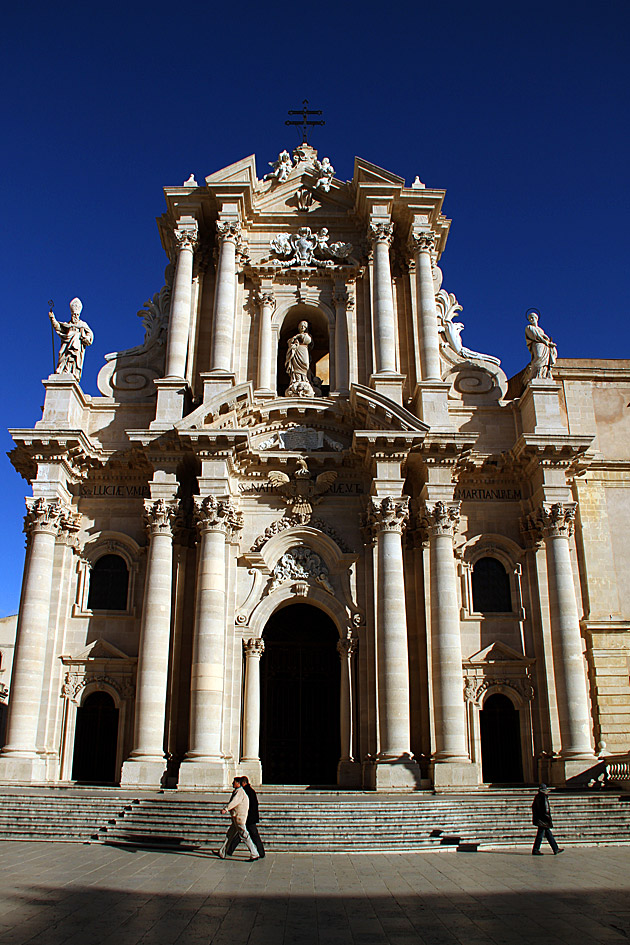The Palazzo Mirto
A sense of faded grandeur permeates Palermo. The stately old palaces which occupy nearly every corner are usually shuttered up, damaged beyond repair, or have been converted for use as art galleries. The Palermitano aristocracy must surely have resided in splendor, but they've long since left the scene, removing all trace of their easy wealth. Today, in this chaotic and messy city, it's almost impossible to imagine what life must have been like for them.
